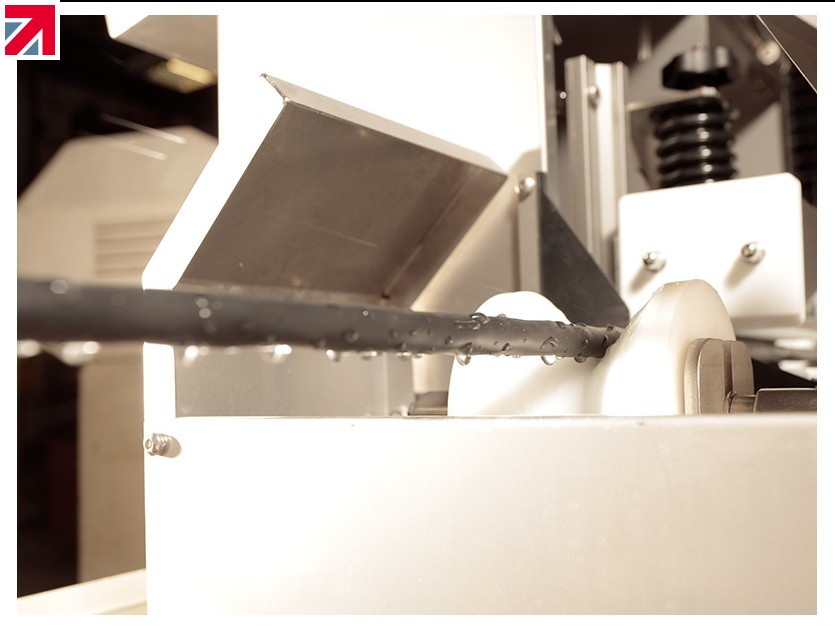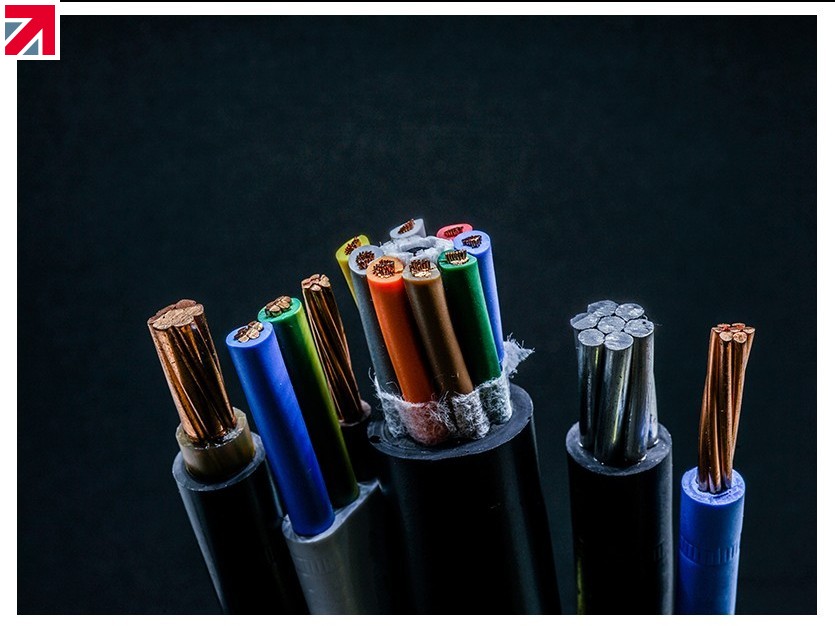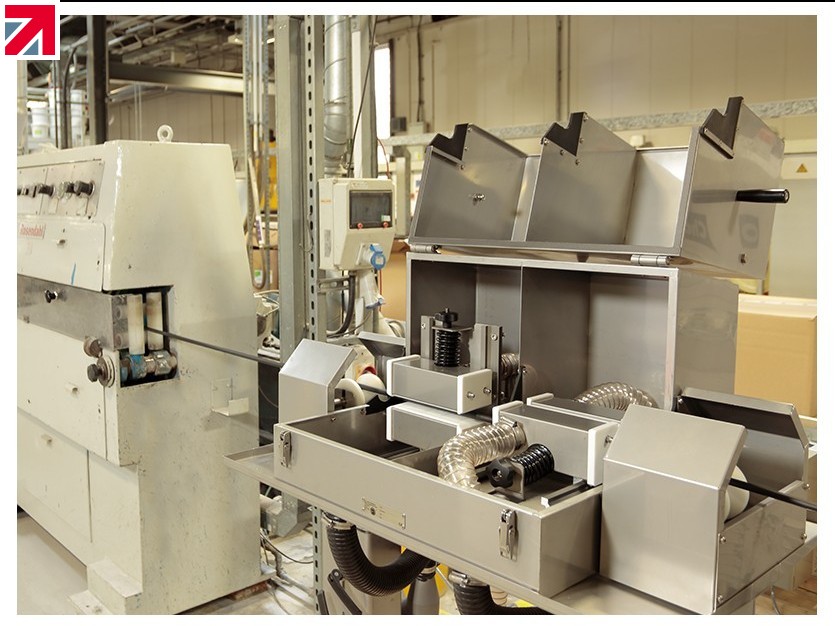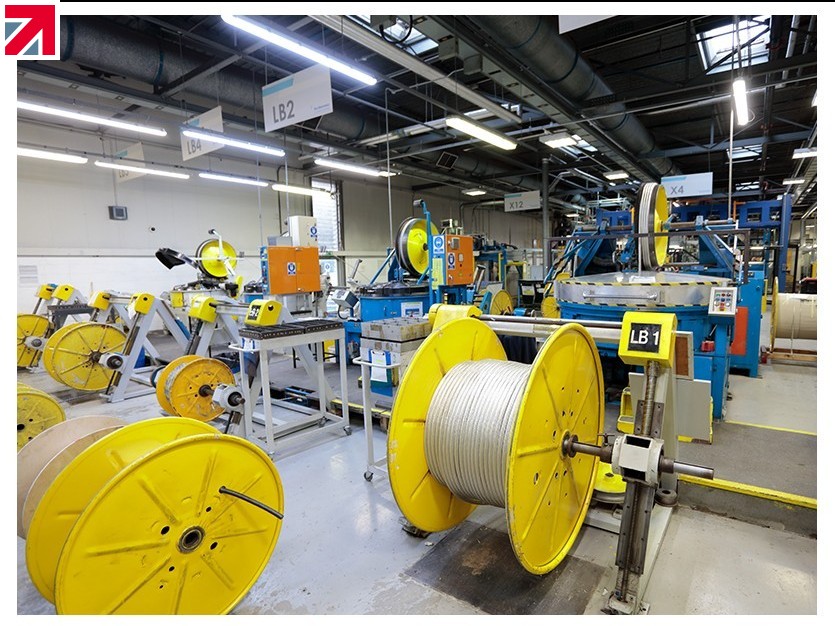CABLE DRYING - WHY IS MOISTURE SUCH AN ISSUE?
Water plays an essential part in the cable manufacturing process as it helps cool down the jacket moulded around the cable or wire. However, moisture is also one of the main issues encountered during the drying process as it can have a significant impact on production cost and efficiency
Whether it be at the sheathing phase, spark test stages, the mid-production measurement or final inspection, no moisture must remain on the cables or wires. Sound insulation is vital to ensure the highest quality, functionality and safety of cables.
So why is moisture such an issue for cable manufacture?
Pre-Jacketing
The purpose of a cable jacket or sheath is to protect the inner cable and wire from moisture, mechanical and chemical damages. A cable may remain wet due to the previous operation, or poor storage conditions. Whatever the reason, if moisture is present on the cable or wire when entering the extruder, the insulation or jacket may not form properly, leading to swellings within the extrusion and holes in the jackets. If this occurs, it affects the quality of the product, so the whole production batch must be replaced.
Jacket thickness measurement in mid-production
The cable jackets are measured in mid-process to ensure they meet the required specifications. Following the first cooling bath, the jacket diameter is measured so the extruder feed can be adjusted if the jacket is too thick or too thin. The cable/wire needs to be dry to ensure that the electronic measurement equipment doesn’t pick up water droplets as anomalies within the jacket. When the system records variances, it stops the manufacturing process thus affecting productivity.
Final Inspection Measurement
Following the final cooling operation, the cable jacket is rechecked to gauge its concentricity and diameter dimensions. If moisture is present on the wire during the measurement, the system records it as anomalies within the jacket resulting in quality test failures.
Spark Testing
During the manufacturing process and subsequent phases of production, spark tests are carried out to check the insulation of electrical conductors. The cables pass through the spark test equipment which detects any pinholes or fault within the insulation. If too much moisture enters the spark tester, it sets the unit off, giving a false error.
Wire and cables must be adequately dried before inspections so that any issues highlighted are real errors that require inspection/investigation. By using ACI cable drying systems, you ensure quality control and process optimization in your extrusion lines. In other word, you can be safe in the knowledge that it is a production issue and not due to water contamination.
Spark Testing
During the manufacturing process and subsequent phases of production, spark tests are carried out to check the insulation of electrical conductors. The cables pass through the spark test equipment which detects any pinholes or fault within the insulation. If too much moisture enters the spark tester, it sets the unit off, giving a false error.
Wire and cables must be adequately dried before inspections so that any issues highlighted are real errors that require inspection/investigation. By using ACI cable drying systems, you ensure quality control and process optimization in your extrusion lines. In other word, you can be safe in the knowledge that it is a production issue and not due to water contamination.
Read more about Air Control Industries on its Made in Britain profile page
Find out more about Air Control Industries on their member profile page here
Member-created content 5 years ago | From members



